Scaling healthcare access: Toward a world without fear of cancer
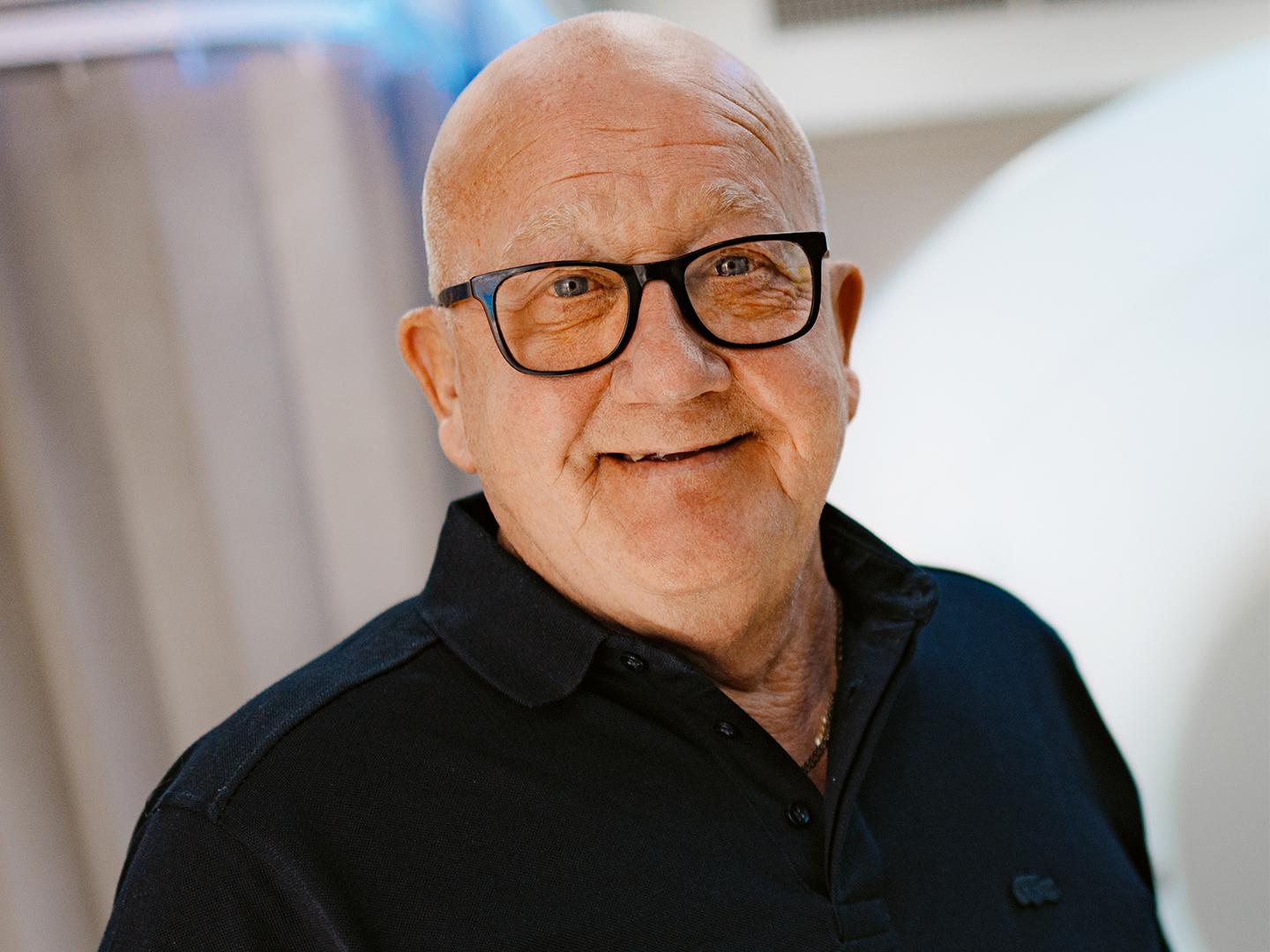
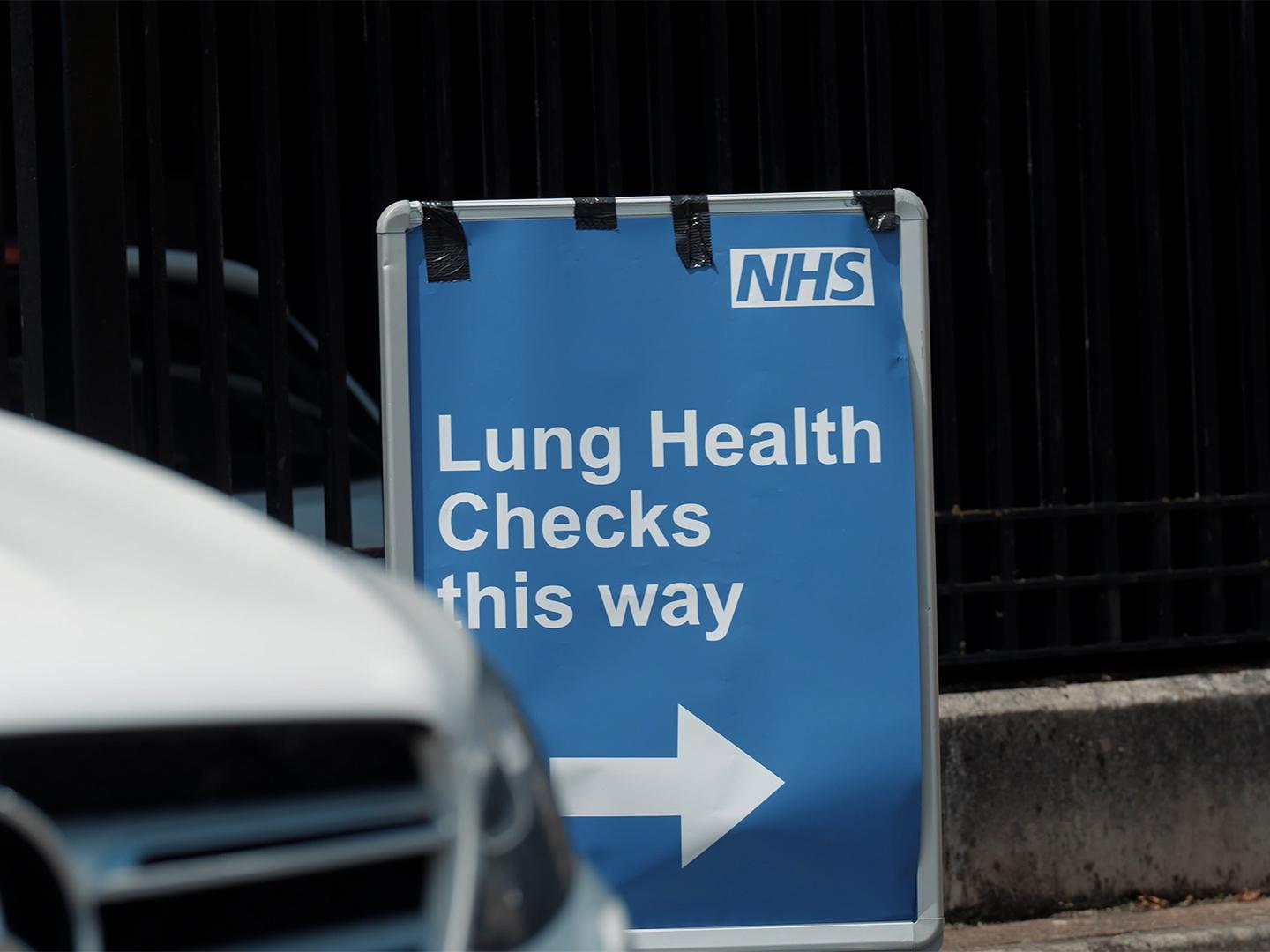

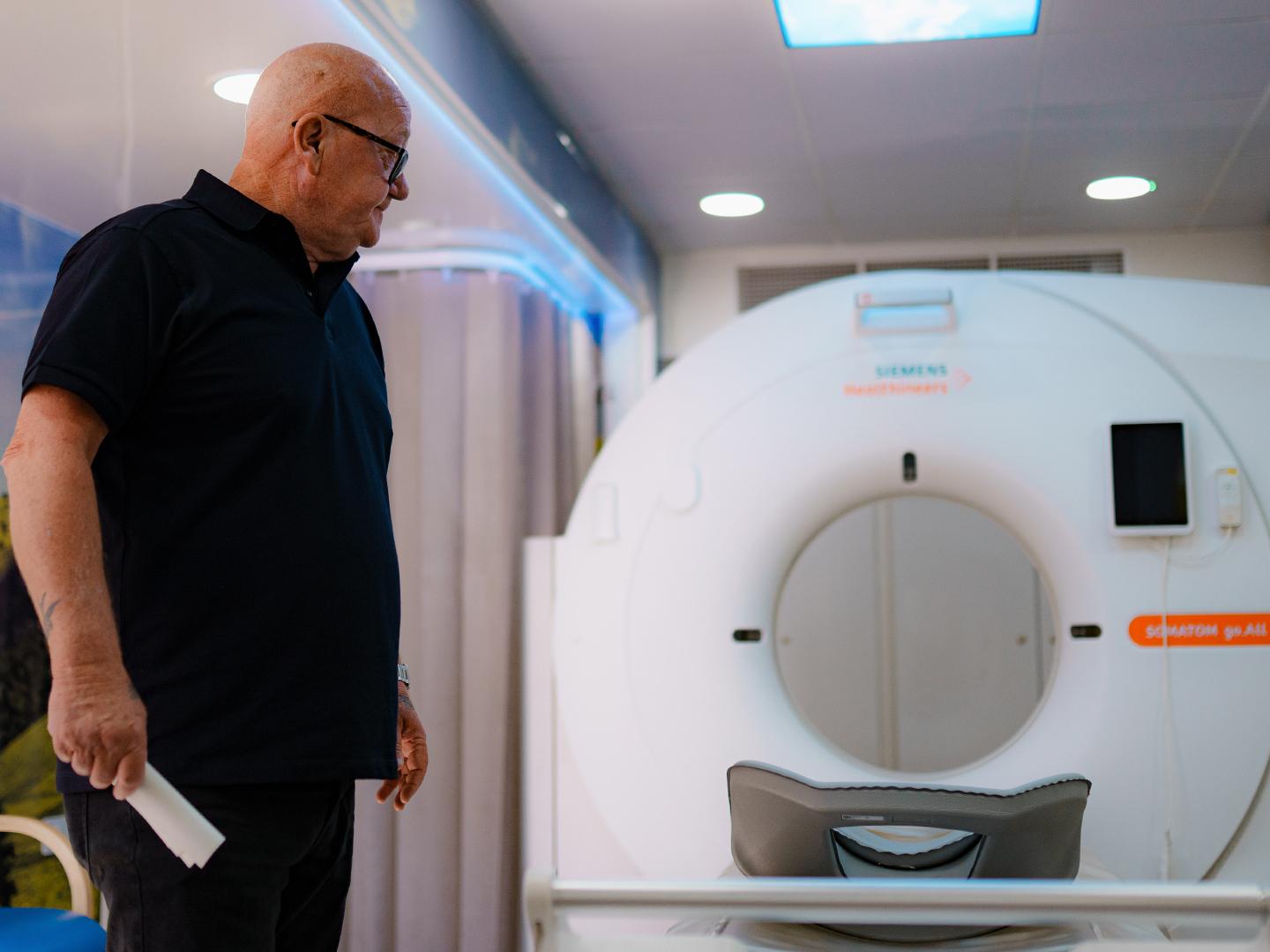
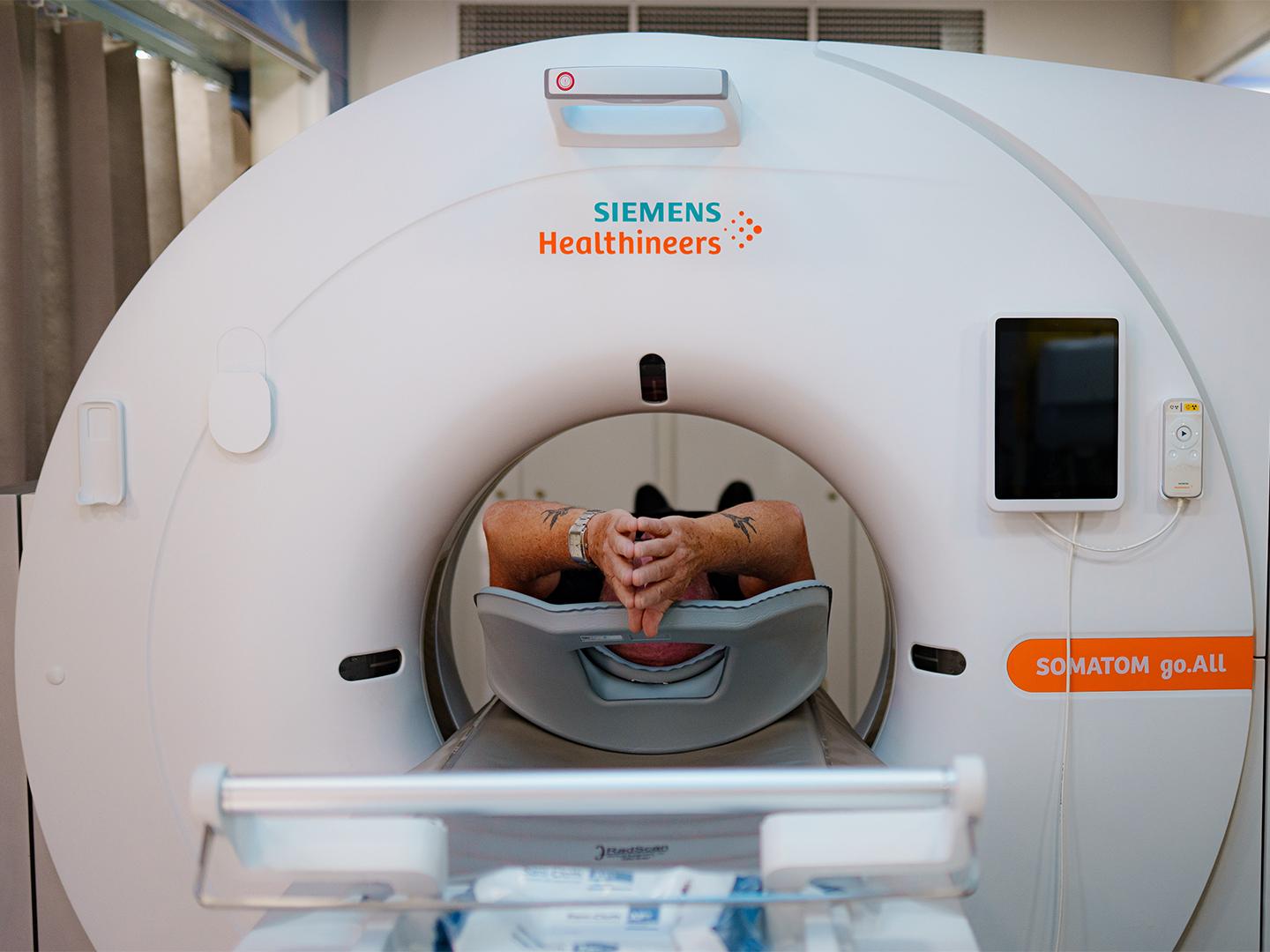



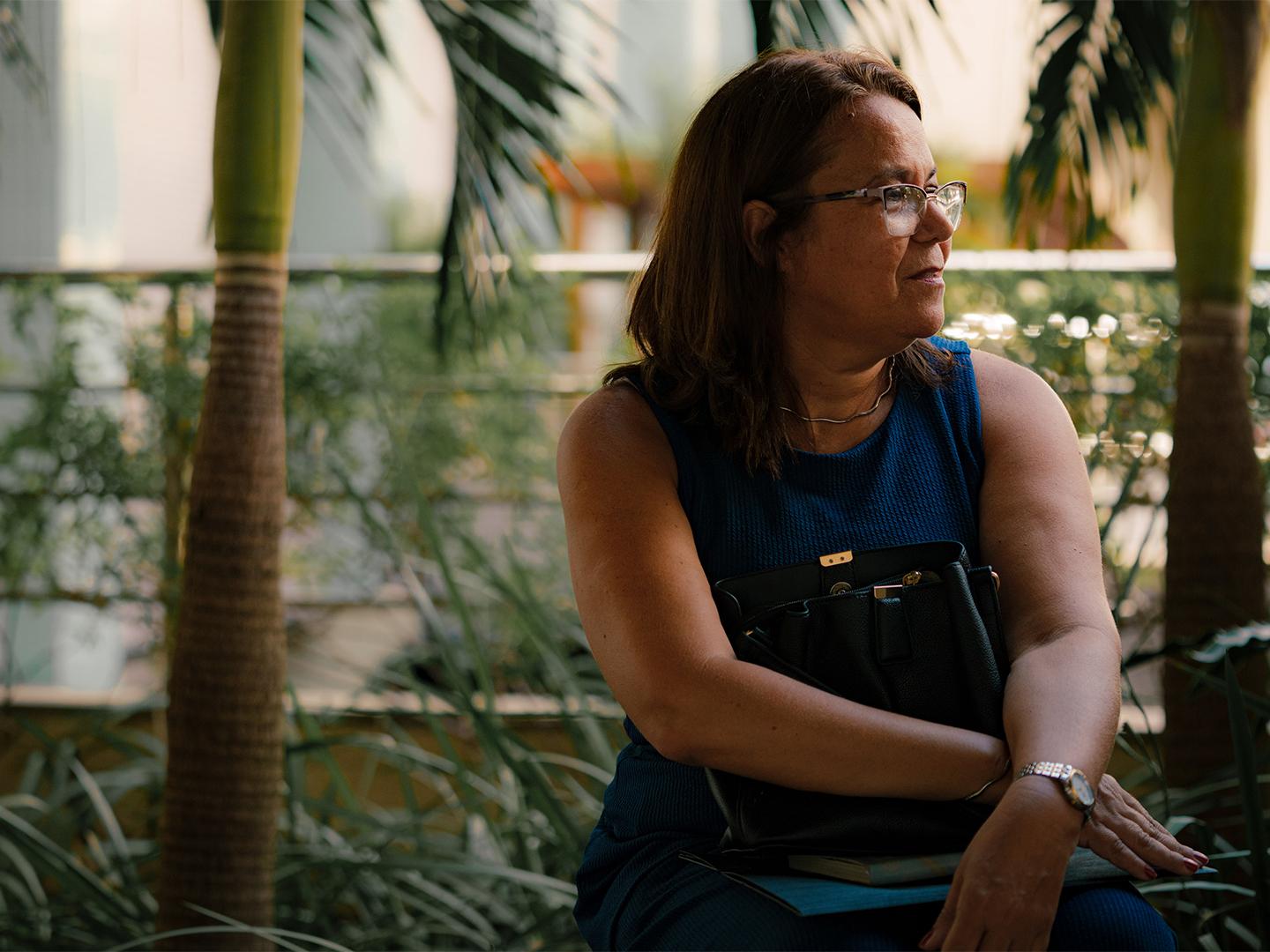

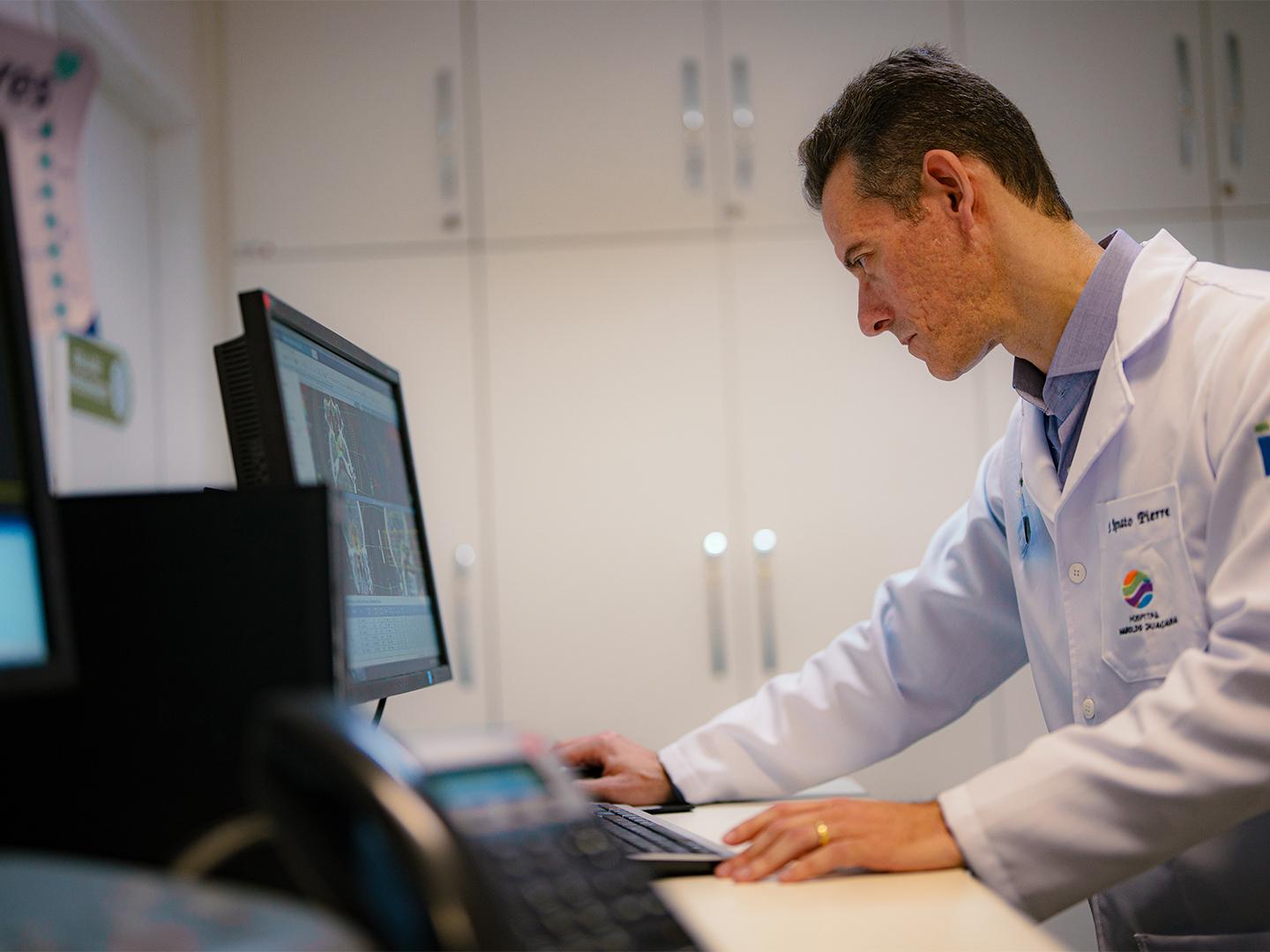
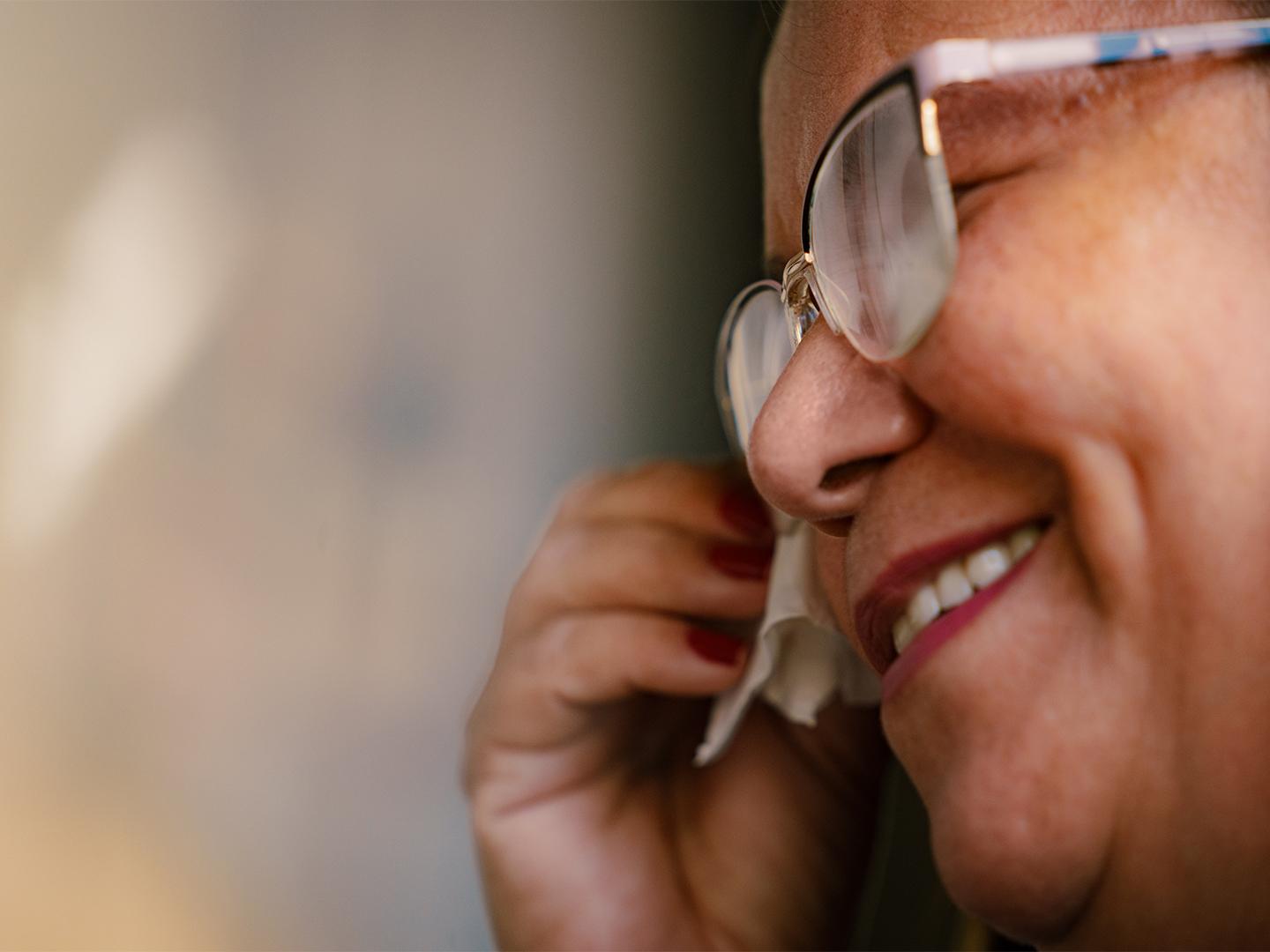
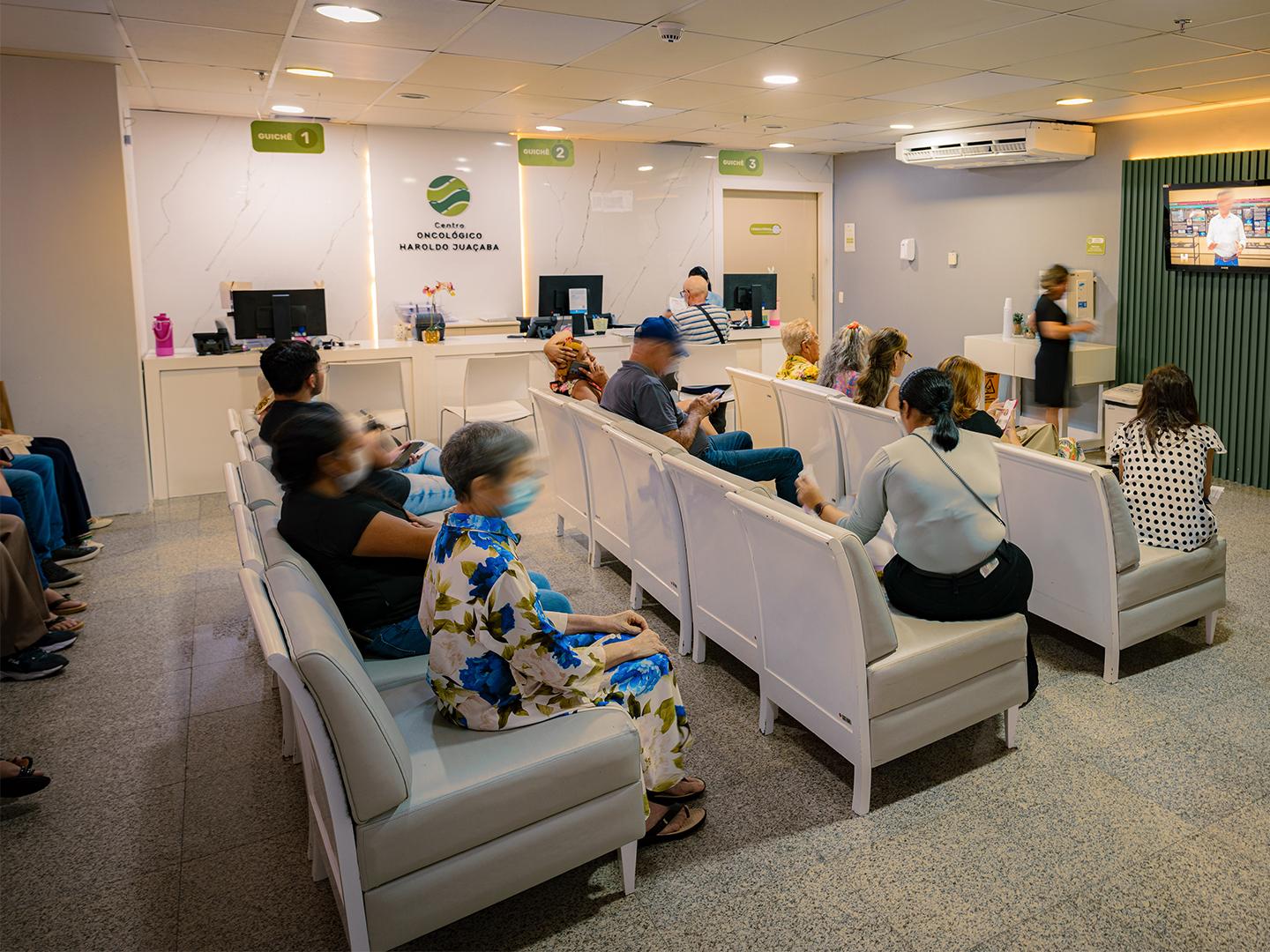
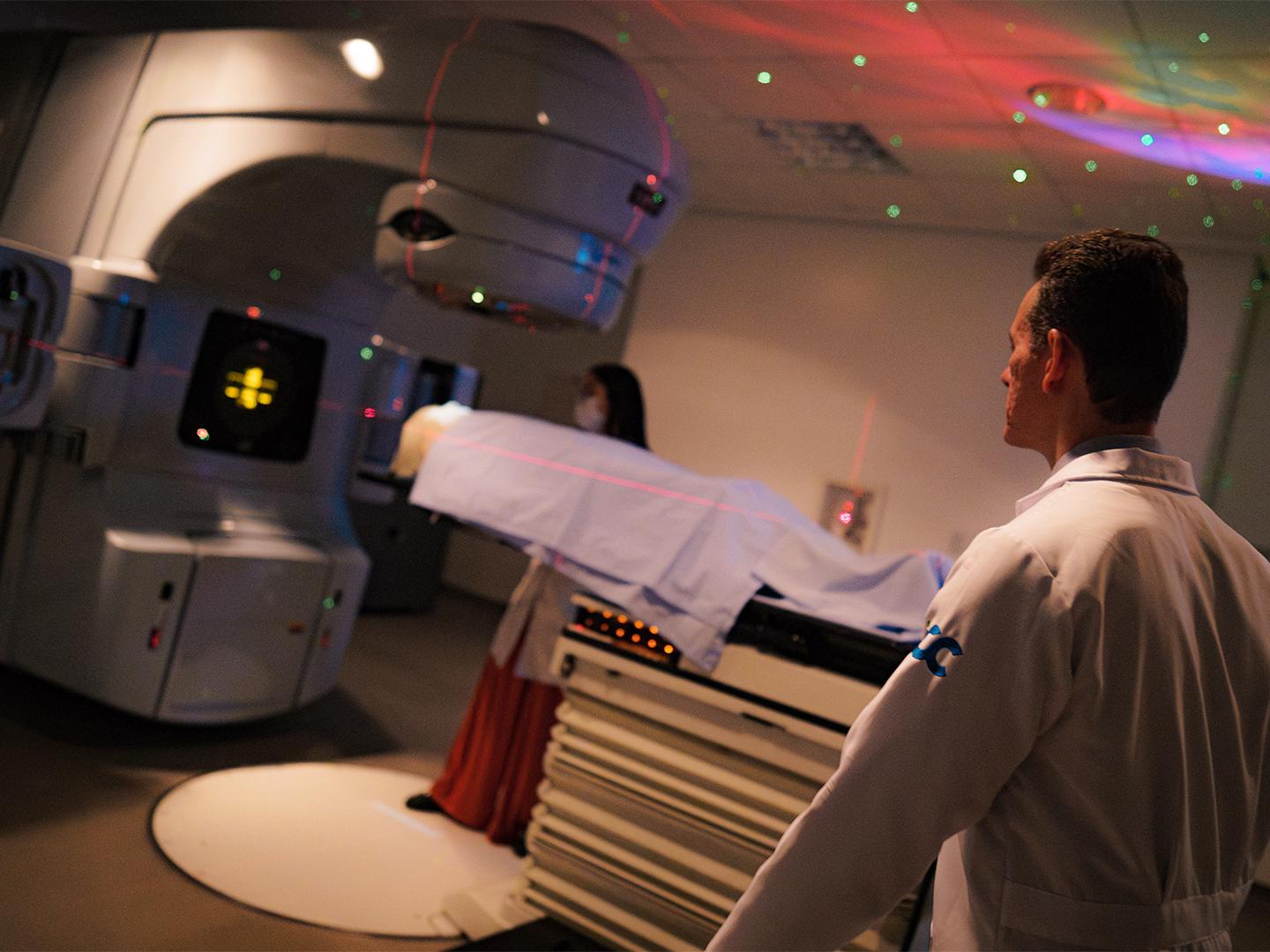
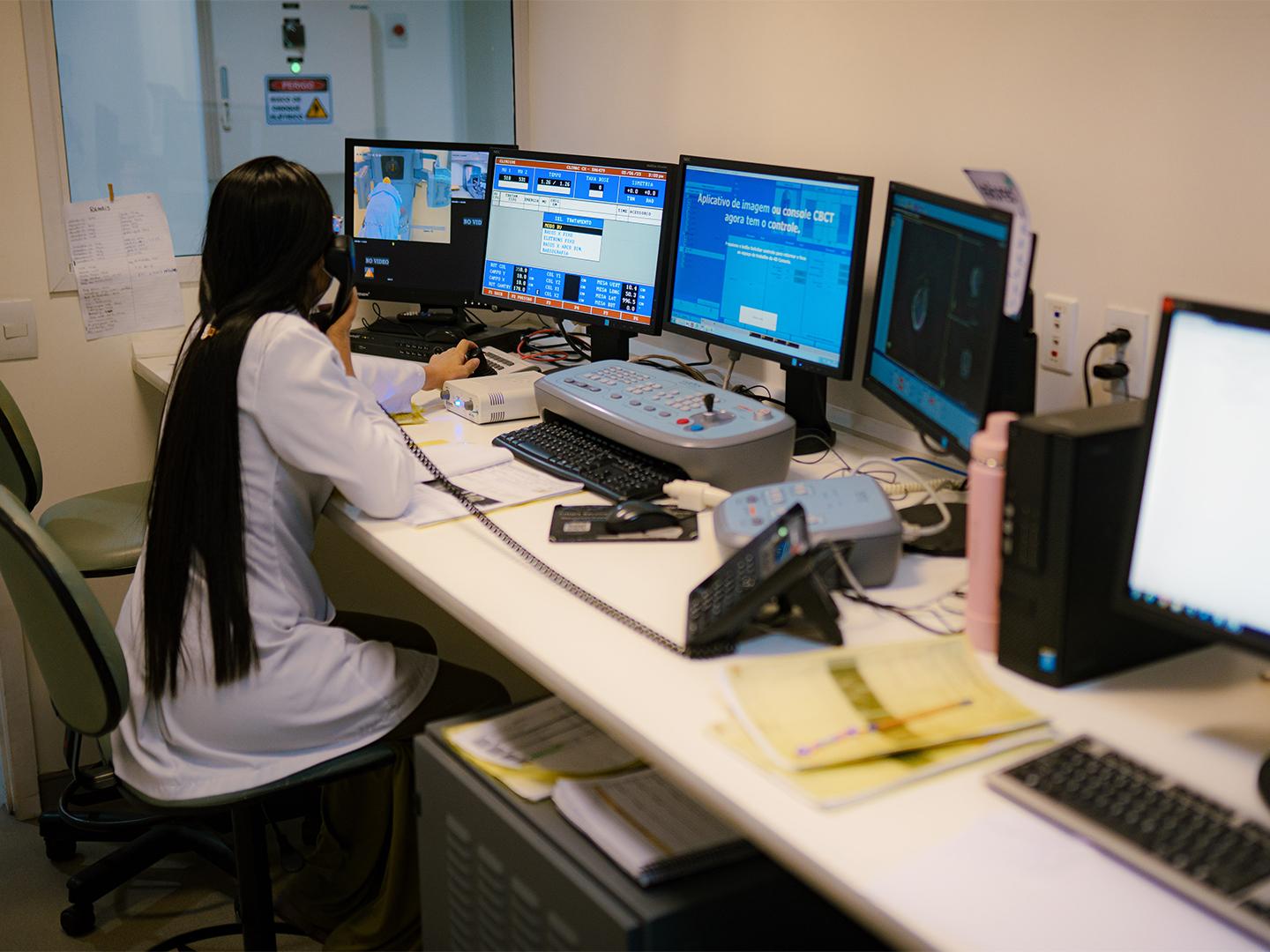
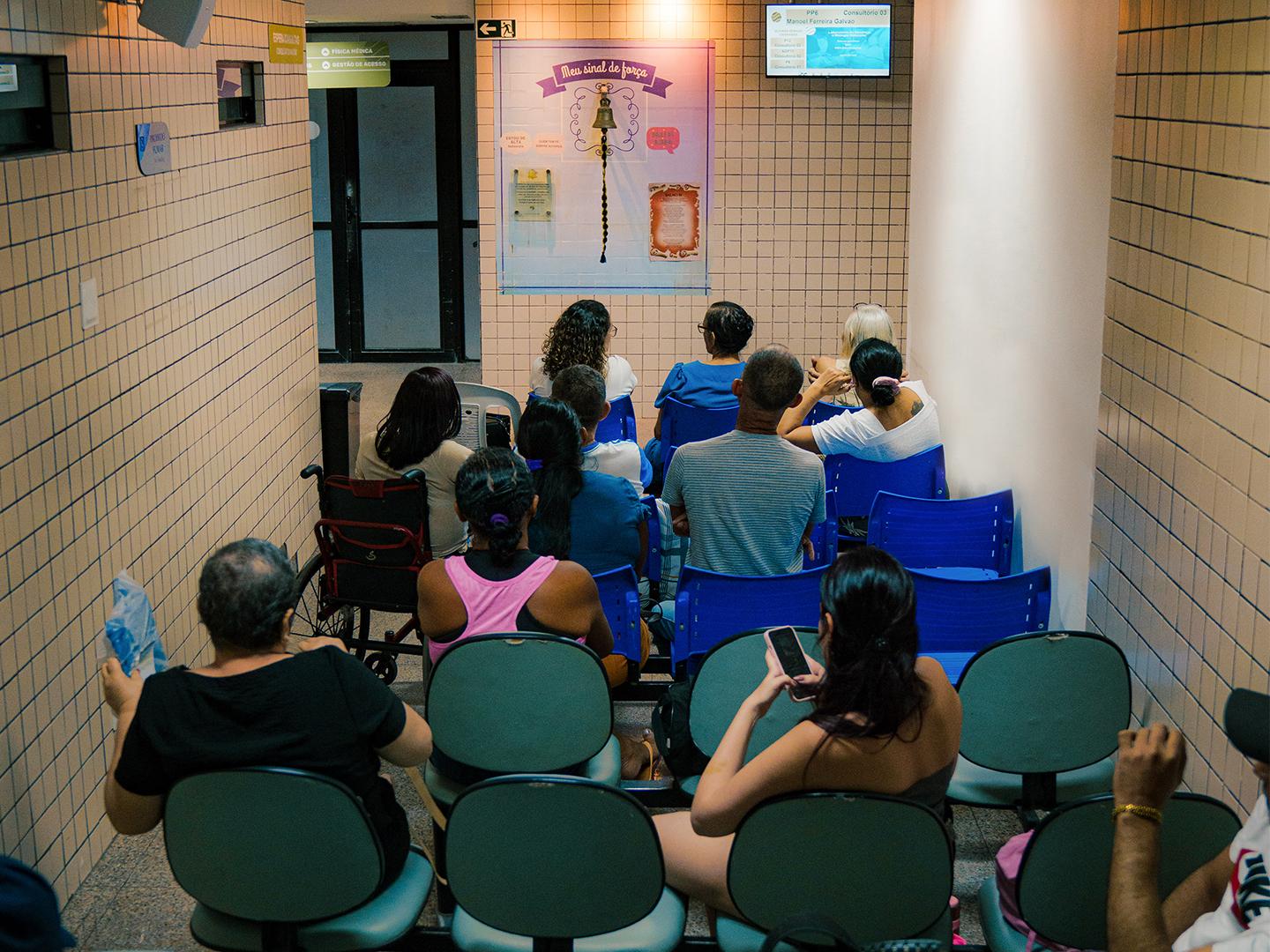
[1] World Economic Forum. Learning Lessons from across Europe: Prioritizing Lung Cancer after COVID-19 [Internet]. Geneva, Switzerland: World Economic Forum; January 2021 [cited August 4, 2025]. Available from: https://www3.weforum.org/docs/WEF_Learning_Lessons_from_across_Europe_Prioritizing_Lung_Cancer_after_COVID19_2021.pdf
- The product/feature and/or service offerings mentioned herein are not commercially available in all countries and/or for all modalities. Their future availability cannot be guaranteed.
- The statements by customers of Siemens Healthineers described herein are based on results that were achieved in the customer's unique setting. Because there is no ãtypicalã hospital or laboratory and many variables exist (e.g., hospital size, samples mix, case mix, level of IT and/or automation adoption) there can be no guarantee that other customers will achieve the same results.










